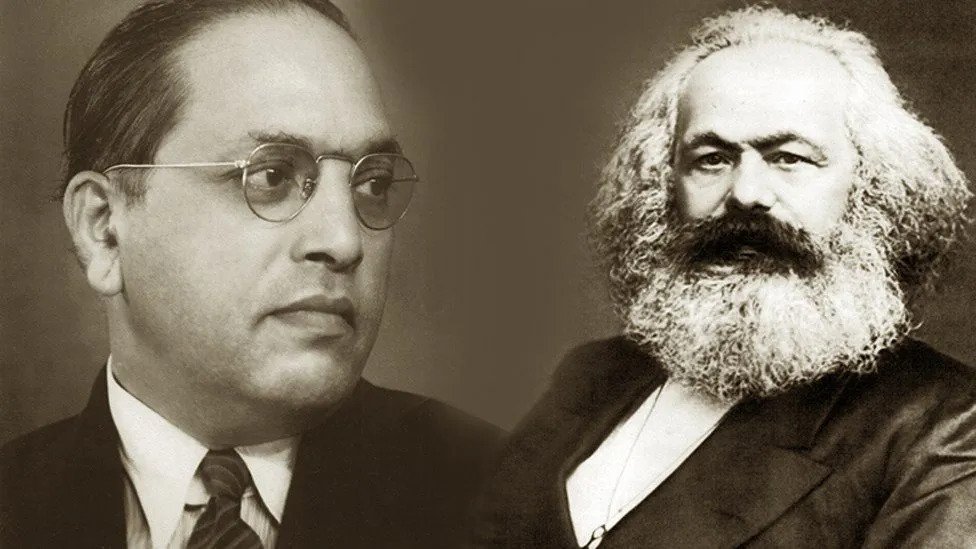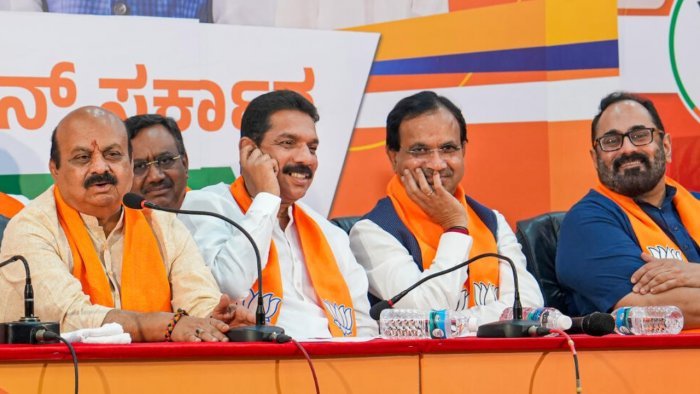By: Arun Srivastava
RSS which claims to be the nation’s conscience keeper and beholder of the highest order of morality utterly lacks moral conviction to explain the reasons for its strident opposition to the caste census which basically aims at ascertaining the correct socio-economic position and to reflect on population size of the OBCs, EBCs, Dalits and adivasis in modern India.
It is indeed outrageous that RSS and BJP which benefitted most in the last two general elections of 2014 and 2019, from the support of the OBC, EBC, dalits, Adivasis and other lower caste groups have been dragging their feet on the issue of enumeration of their experiential strength. RSS’s reluctance to stand by these caste groups also underlines its worst type of dualism. They have been consistently striving to include them in the greater Hindutva family and even used them as the flag bearers of the “inclusive Hindutva”, but ironically are unwilling to facilitate them in getting their much-deserved share in the power and decision making process.
The political history of India makes it explicit that the political establishment and the political institutions which have been the exclusive domain of the upper caste and feudal lords have been hostile to the backward caste people. They always treated them as their serfs. For the first time they could realise their political relevance and collective strength under the leadership of the socialists in the 1960s. The upper caste and feudal lords enjoying the patronage of the RSS perpetrated worst kind of repression on them. An insight into the nature of the agrarian violence and clashes that shook the entire country, especially Bihar, Uttar Pradesh, Andhra in the second half of last century would expose the real character of the RSS.
Only recently, precisely in 2018, some powerful landlords, called on a very senior journalist belonging to upper caste Bhumihar in Delhi for release of some dreaded Ranabir Sena marauders who were in jail and also to do some political lobby for the withdrawal of the cases against them. The journalist has wide contacts and friends in political circle. Though he has a strong RSS background, he has been close to political leaders of all hues.
For accomplishing the task of ushering India into a Hindu Rashtra it is imperative that RSS must attain numerical power, at least the entire Hindu population, so that it claim its stake. For this it is essential that the OBCs, EBCs, dalits and Adivasis are clubbed together as Hindus. This will also help the RSS to castigate the stake of the Muslims and describe them as aliens. The RSS is for a big game. To achieve the mission it has been beguiling the lower caste people by projecting them as Hindus. The moment the RSS uses the term Hindu for them, the lower caste people come to belief that they are equal to the upper caste people. True enough RSS has been extending lip service to the lower castes and dalits, nevertheless the fact remains that they always used these people to serve the interest of the upper castes and feudal lords. No sincere effort was made by the RSS and BJP to democratise the powers and privileges of the upper castes and the feudal lords.
RSS and Modi government’s denial of the demand for a national caste census is purely based on their apprehension that they will never succeed in their mission to turn India into a Hindu Rashtra, as they will not succeed in their mission to project Hindu population as the decisive factor. Their opposition to this demand is based on the fear that any such exercise would inflame caste-based social and political sentiments and harm the Hindutva-nationalist project.
The OBCs, EBCs and dalits are primarily engaged with the agrarian economy or are dependent on artisan, handicrafts or other manual labour services. It was after green revolution their socio-economic condition improved and in some cases the Yadavs, Kories and Kurmis could acquire some land. No doubt there were OBC and EBC landowners since the pre-Independence days. But their number was quite small.
It was in the caste census of 1931 that the population of the OBCs was last published, where it was enumerated as 52% of the population. Since then, no government conducted any such exercise. Other marginalised social groups like the Dalits and the Adivasis are enumerated in the census and the exact numbers of their presence in different regions, state institutions and educational bodies is available. But there is no national level data about the presence of the OBCs. In absence of a survey it is not certain whether their numerical strength continues to be 52 per cent or has either increased or decreased. In fact it is in the interest of the backward castes that the survey should be accomplished.
Significantly the Adivasis never treated themselves as Hindus or even did not identify with the OBCs or EBCs. They maintained their separate identity of Sarna. In recent times, they have been pressing the government to identify Sarna as the symbol of Adivasi identity. Intriguingly while the Modi government is out to deny them this status, RSS is striving hard to club them with the Hindus. This move of the RSS and Modi government could be discerned from the installing an Adivasi as the President of India. Through this machination of theirs, they want to send the message across the Adivasi community that they are Hindus. One revealing aspect of the RSS operation has been that it did not acknowledge them as the MoolNivasi of India, which one can deny that it is of course a historical fact. The reason is the movement it would identify the Adivasis as the MoolNivasi, they will cease to be the ingredient part of the Hindu community.
Till early sixties the OBCs, EBCs, Dalits formed the core support base of the Congress. But after the agrarian struggle which emerged in a strong manner across the country, they could make out that the Congress controlled by the upper castes, feudal lords and rightist elements which had their vested land interest would not provide them with space to articulate their wishes and aspiration they shifted their loyalties to the regional groupings. In the early 1970s, these agrarian castes emerged as the new claimants of political power. This phase witnessed the emergence of Lalu Yadav, Devi Lal, Mulayam Sing, Ram Vilas Paswan and others under the leadership of Ram Manohar Lohia. They have with them the political ideology of socialism and social justice.
Since the leaders of these castes could not provide them a uniform and stable political base, after 2014 they shifted their allegiance to the BJP, especially to Modi as he successfully aroused their anti Congress sentiment and exploited for electoral gains. Initially socialism and politics of social justice made them keep distance from the rightist forces, RSS and BJP, but later the strong urge to have power and define the political narrative of the country, they joined the rightist forces. As a result social justice politics lost its sheen, allowing the BJP’s aggressive politics of communal nationalism to dictate the political discourse.
Though the RSS and BJP intend to keep these groups under its effective control on the plea of their being Hindus, these groups are not content to play second fiddle to the saffron brigade. They want more power and say. Significantly to balance them the RSS and BJP has been striving to bring the dalits and adivasis into their fold. It was with this in aim the some time back BJP announced that under Hindutva politics, the lowest caste groups will be given adequate representation in power circles, will have special welfare policies executed for their empowerment and will be ensured a dignified social location.
But this is not going to happen. While the RSS will not divorce Manusmriti, the OBCs and EBCs are reluctant to abide by the dictates of Manusmriti as it brutally attacks their class interest. This has put the RSS and BJP in quandary. These caste groups also nurse the feeling that BJP has benefitted from their support but the RSS and BJP has done very little to change their lifestyle.
The first phase of Bihar’s caste-based census exercise has already commenced. The Mahagathbandhan will have significant political benefits from a caste-based census. The United Progressive Alliance government at the Centre had conducted a socio-economic and caste census in 2011. However, the data from that exercise was never released citing errors in enumeration.
The Congress which has been progressively adopting left to the centre policy and politics under Rahul Gandhi has been prompt to realise the potential of launching caste census. While Congress president Mallikarjun Kharge has written to Prime Minister to immediately conduct the population census that had been scheduled for 2021, Rahul also demanded from Modi to publish the 2011 caste census data. Congress also demands removal of 50 per cent cap on quota.
As regards Sangh Parivar, the opposition to the caste based census at national level is linked to the roadmap drawn by them for the implementation of Hindu Rashtra in stages. The adoption of caste based census is a hindrance towards achieving their ultimate political and social goal in India. (IPA Service)







